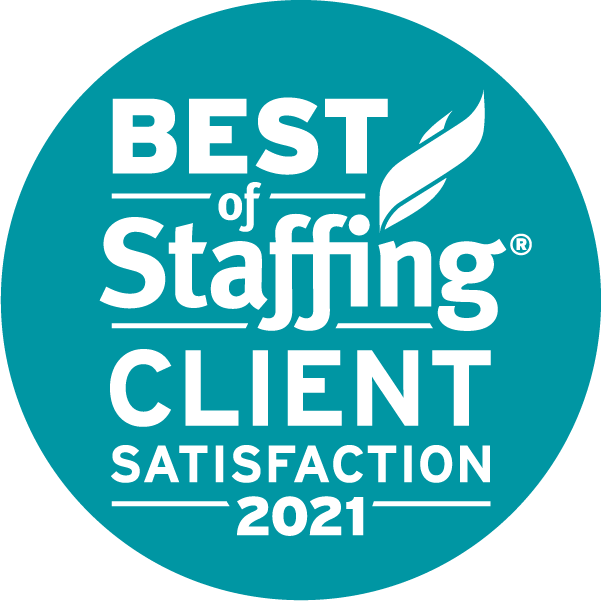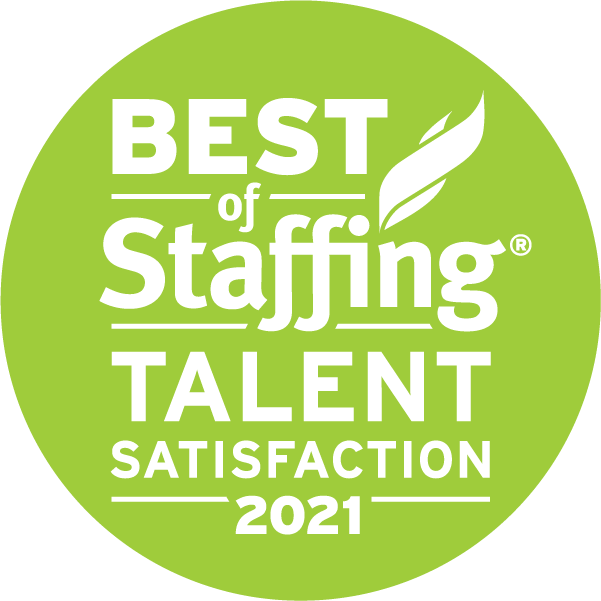Make All Star Part of Your Facility’s Provider Succession Plan
 Make All Star Part of Your Facility’s Provider Succession Plan
Make All Star Part of Your Facility’s Provider Succession Plan
For healthcare organizations across the country, staffing remains a dominant challenge due to multiple factors, not the least of which is the ongoing physician shortage and pandemic. In 2021, the situation was further exasperated by the Great Resignation, when millions of individuals began walking away from their jobs. According to the Bureau of Labor Statistics, healthcare employees, including clinicians, accounted for more than 13 percent of those resignations between March and November.
Of course, the Great Resignation was unprecedented and caught many employers off-guard, suddenly faced with filling the new vacancies. For hospitals, clinics, and private practice groups, the circumstances only added greater urgency to finding providers, so they could sustain continuity of care for their patients. However, few facilities have established formal plans on how to replace providers when others leave.
Corporations devise succession plans to replace top executives, so the business operates seamlessly as the mantle is passed. Indeed, many healthcare organizations utilize this tactic for top leaders who plan to exit their roles in the near future. Could the same strategy apply to managing clinical staff transitions?
Here, we adapt five steps from the National Institutes of Health’s Office of Human Resources succession planning guide as suggestions on how healthcare facilities can minimize the impact of provider turnover.
1. Identify Critical and Vulnerable Positions
Of course, all clinical roles are considered critical because they are filled by providers who are committed to delivering quality care to patients. Also, current staffing vacancies can be classified as vulnerable. Succession planning, however, assumes a proactive approach by calculating not just current needs, but preparing for future demands. For example, how many of your facility’s providers may be retiring in the next few years? According to the Federation of State Medical Boards, the mean age of physicians right now is 51.7 years old, which indicates a large percentage of doctors will retire, or semi-retire, over the next 10–15 years, thereby creating more need to recruit clinicians to take their place. Expanding services also creates demand for a larger workforce, including specialists. Or maybe certain departments historically experience greater turnover, therefore, require more recruitment attention.
Taking stock of these types of factors will help administrators identify where, when, and who they will have to hire. With the average physician recruiting process spanning several months, succession plans may also require assembling alternatives to fill short-term needs in the interim. Incorporating All Star Healthcare Solutions as a locum tenens staffing resource into your succession plan offers greater flexibility in responding to immediate or unexpected personnel changes.
2. Develop Eligibility Requirements
Physicians and advanced practitioners must meet specific standards to be granted privileges to practice within a hospital or clinic, which automatically defines job qualifications and eligibility. Not only is it important to review and update credentialing standards periodically, but it is also essential to establish non-clinical requirements for provider candidates. When people are screened for cultural and personality fit as well as medical expertise, there is a greater likelihood they will opt to make the facility a long-term professional home.
This step also plays a pivotal role in identifying locum tenens assignment parameters, and how to qualify candidates. Even for short-term jobs, All Star consultants weigh how well an individual matches your all-around needs before presenting them for your consideration.
3. Identify a Talent Pipeline
A provider pipeline often begins with traditional sources, such as residency and fellowship programs, specialty associations, and personal referrals. The ongoing shortage, however, insists healthcare employers expand their pipelines. As a full-service company, All Star Healthcare Solutions stands ready to help hospitals, outpatient clinics, and private practice groups meet their long- and short-term staffing demands. Our Locums and Direct Hire Divisions coordinate efforts to streamline services to make sure your pipeline fills with qualified physicians, NPs, PAs, and CRNAs.
4. Nominate Successors and Create Action Plan
Not all positions require recruiting clinicians from outside your facility. Effective succession plans map out tracks for internal promotions, too. Train and encourage department supervisors and managers to recognize future leaders among current staff. It’s equally important to incorporate professional development opportunities to prepare individuals to transition into leadership roles when the time comes to initiate succession. Plans should also detail how the position that’s vacated will be filled by the new leader.
5. Evaluate and Re-evaluate
The healthcare landscape is ever-evolving, and therefore, no succession plan should be set in stone. Regularly review its components, and adjust for necessary changes, both happening internally and externally. In keeping with our “Red Carpet” Service excellence, All Star Healthcare Solutions remains ready to assist with all aspects of your physician and advanced practitioner staffing needs — locums, locums-to-perm, and direct hire.
Call 800-928-0229 today to speak with one of All Star’s dedicated consultants, or contact us online.












